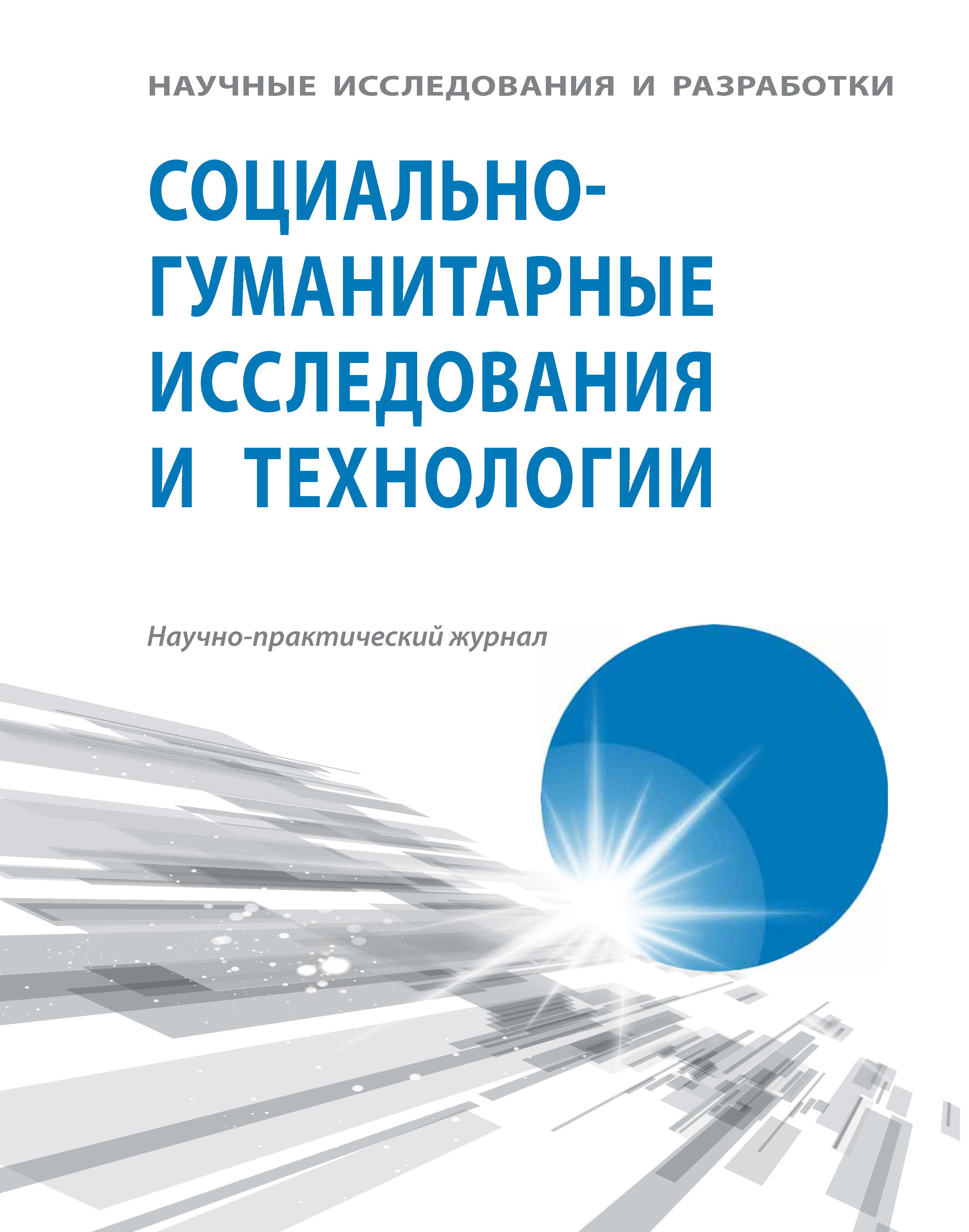The article presents the concept of interconnected learning of the Russian language (punctuation) and the Russian language teaching methods through the unified lingua-didactic information graphics (infographics). The use of table infographics in the process of teaching of Russian punctuation and Russian punctuation teaching methods to students has been updated. In accordance with scientific-methodical typological description of the tables the author illustrates various forms of standard table educational-didactic infographics. Punctuation tables are linguistic: language ones, speech ones or mixed ones. Punctuation teaching methods tables are didactic- methodical and lingua-methodical. They are represented by tables-schemes in ascending or descending order and blank tables that can be filled in with necessary information by the students. It has been shown that the table infographics is one of the most powerful means in the system of visual instruction aids.
didactic use of visual aids, table infographics, punctuation, Russian punctuation, punctuation teaching methods.
Об уровне грамотности любого человека свидетельствуют не подвергнутые редактированию и корректуре написанные им тексты (анкета, резюме, письмо в электронной почте). Правописная грамотность (орфографическая и пунктуационная) сейчас является составной частью общекультурной и общепрофессиональной компетенций. В письменном тексте важно правильно использовать графические буквенные и небуквенные средства (в том числе пунктуационные знаки). Например, постоянно путают тире и дефис. Тире (длинная черточка) с пробелами является знаком пунктуации (напр.: пунктуация — совокупность знаков препинания и правила их употребления в письменной речи), а без пробелов — знаком интервала (напр.: с. 5–18). Дефис (короткая черточка) без пробелов является знаком полуслитного написания в орфографии (напр.: синезелёный) или знаком сокращения слов (напр.: г-ин, 5-го), есть и «висячий» дефис (напр.: авто-, вело- и мотогонки). Графическая замена одного знака другим является ошибкой и не способствует пониманию написанного текста. Например, в предложении «Знаки препинания — это важный и необходимый атрибут грамотной письменной речи» длинное непрерывное тире позволяет читателю визуально беспрепятственно переходить от одной части предложения к другой, чего не скажешь о случаях, когда тире заменяется двумя или одним дефисом.
1. Antonova E.S. Metodika obucheniya russkomu yaziku [Methods of teaching Russian language]. Moscow, 2015. 400 p. EDN: https://elibrary.ru/ZHUWJN
2. Gats I.Y. Metodika russkogo yazika v zadachah i upragneniyah [The methodology of the Russian language (problems and exercises)]. Moscow, 2007. 287 p. EDN: https://elibrary.ru/QVSOZF
3. Infografika [Infographics]. Available at: http://infographicsmag.ru/journal/ (accessed 04 April 2016).
4. Kondratenko O.A. Infografika v shkole i vuze: na puti k razvitiyu vizual´nogo myshleniya [Infographics in school and university: on the way to the development of visual thinking]. Nauchnij dialog [Scientific dialogue]. 2013, I. 9, pp. 92-99. EDN: https://elibrary.ru/RHMZWB
5. Lvova S.I. Rabota so shemami i tablitsami po orphographii i punktuacii: Metodicheskie recomendacii dlya uchitelej k komplektu naglyadnih posobij [Working with schemes-tables on spelling and punctuation: Guidelines for teachers to a set of visual aids]. Moscow, 2003. 69 p.
6. Ozhegov S.I. Tolkovij slovar russkogo yazika [Explanatory Dictionary of the Russian language]. Moscow, 2010.736 p. EDN: https://elibrary.ru/RXPFPT
7. Ostrikov S.V. Informatsionnaya graphica i dizain: anglo-russkij illustrirovannij slovar-spravochnik [Information graphics and design: English-Russian illustrated dictionary-reference book]. Moscow, 2012. 96 p.
8. Ostrikov S.V. Teoreticheskie osnovi i printsipi infograficheskogo dizajna [Theoretical foundations and principles of infographic design]. Moscow, 2014. 208 p.
9. Ostrikova T.A. Orphographiya v shkole: poluvekovoj opit obucheniya [Spelling in the school: a half-century teaching experience]. Moscow, 2008. 222 p. EDN: https://elibrary.ru/KAKGDI
10. Ostrikova T.A. Tipologiya tablits po metodike russkogo yazika kak visualno-graphicheskogo sredstva obucheniya [Typology of tables on the Russian language teaching methods as a visual-graphic learning tool]. Abakan, 2007, p. 34.
11. Pravila russkoi orphographii i punktuatsii [The rules of Russian orthography and punctuation]. Moscow, 1956. 176 p.
12. Pravila russkoi orphographii i punktuatsii [The rules of Russian orthography and punctuation]. Moscow, 2008. 480 p.






